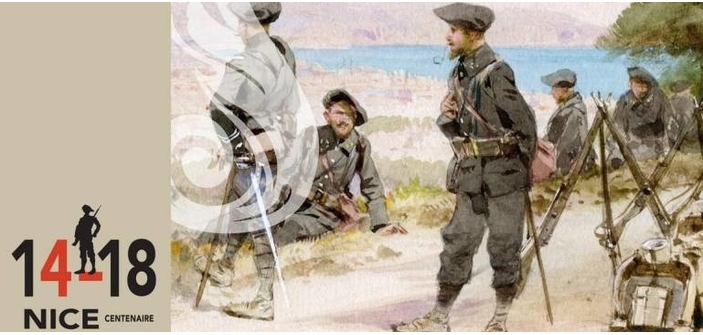
The year 2017 marks the centenary of the United States of America entering the war alongside France and its allies.
After the U.S. Congress voted on the declaration of war against Germany on April 6, 1917, it was only natural for Nice to rename its famous Quai du Midi as the “Quai des États-Unis.” The city warmly welcomed many American soldiers on leave in 1918-1919, including a certain Harry Truman, the future President of the United States.
With the return of peace, Americans came back to the French Riviera, both in winter and summer, bringing with them jazz, American bars, a particular form of opulence, and a joy for life. Their investments helped rejuvenate the city’s tourist offerings, such as the magnificent Palais de la Méditerranée by billionaire Frank Jay Gould, located on the Promenade des Anglais.
Until September 28, the exhibition “1917: Nice the American” at the Palais de Marbre aims to showcase the impact of the American presence in Nice from 1787 (Jefferson’s trip) to the eve of the Second World War on tourism, leisure, the arts, and charitable works.
Organized as part of the commemorations of the First World War, the exhibition has received the National Label of the First World War Centennial Mission and the Label of the World War I Centennial Commission (WWICC) from a committee chaired by historian Antoine Prost.